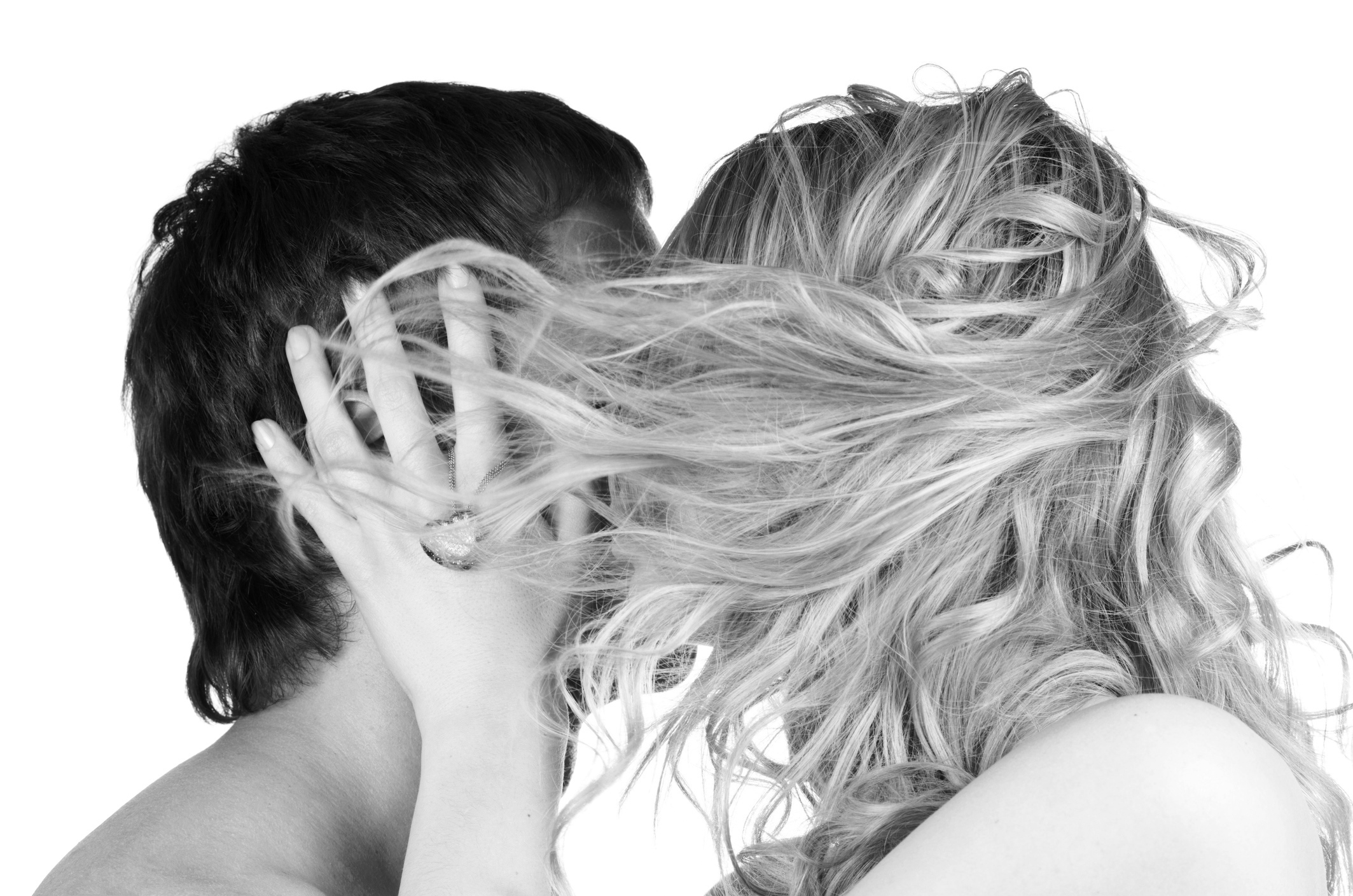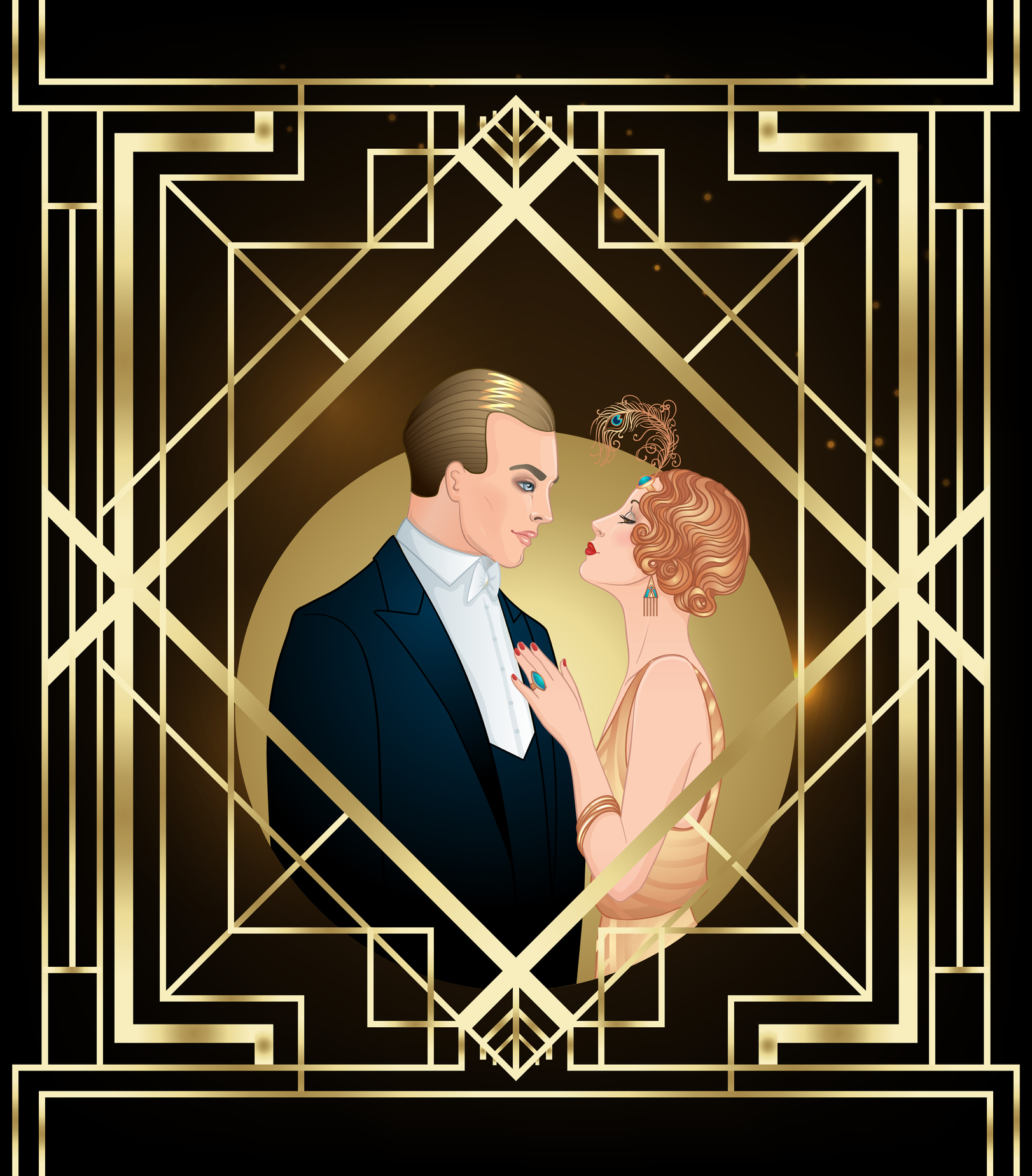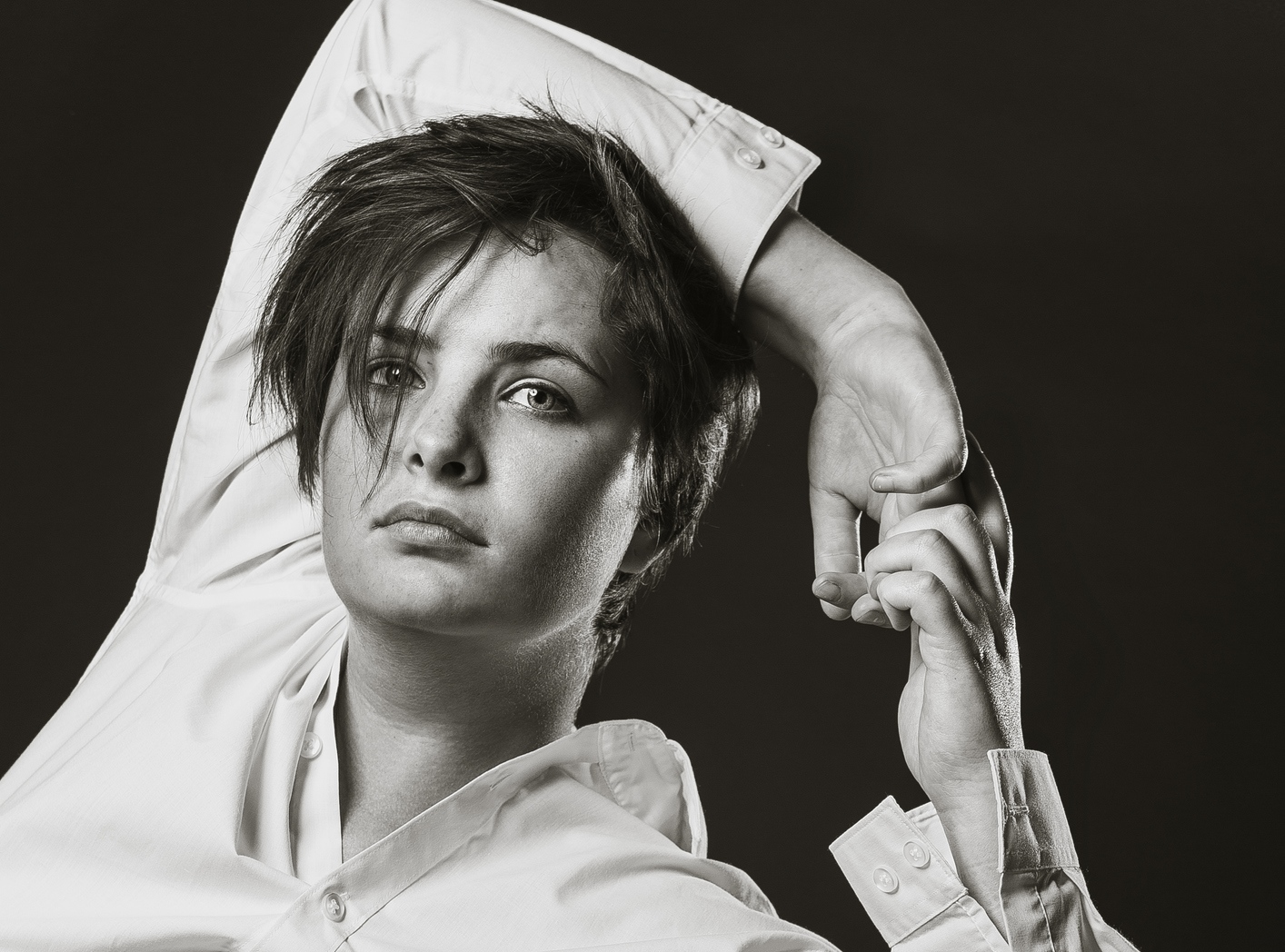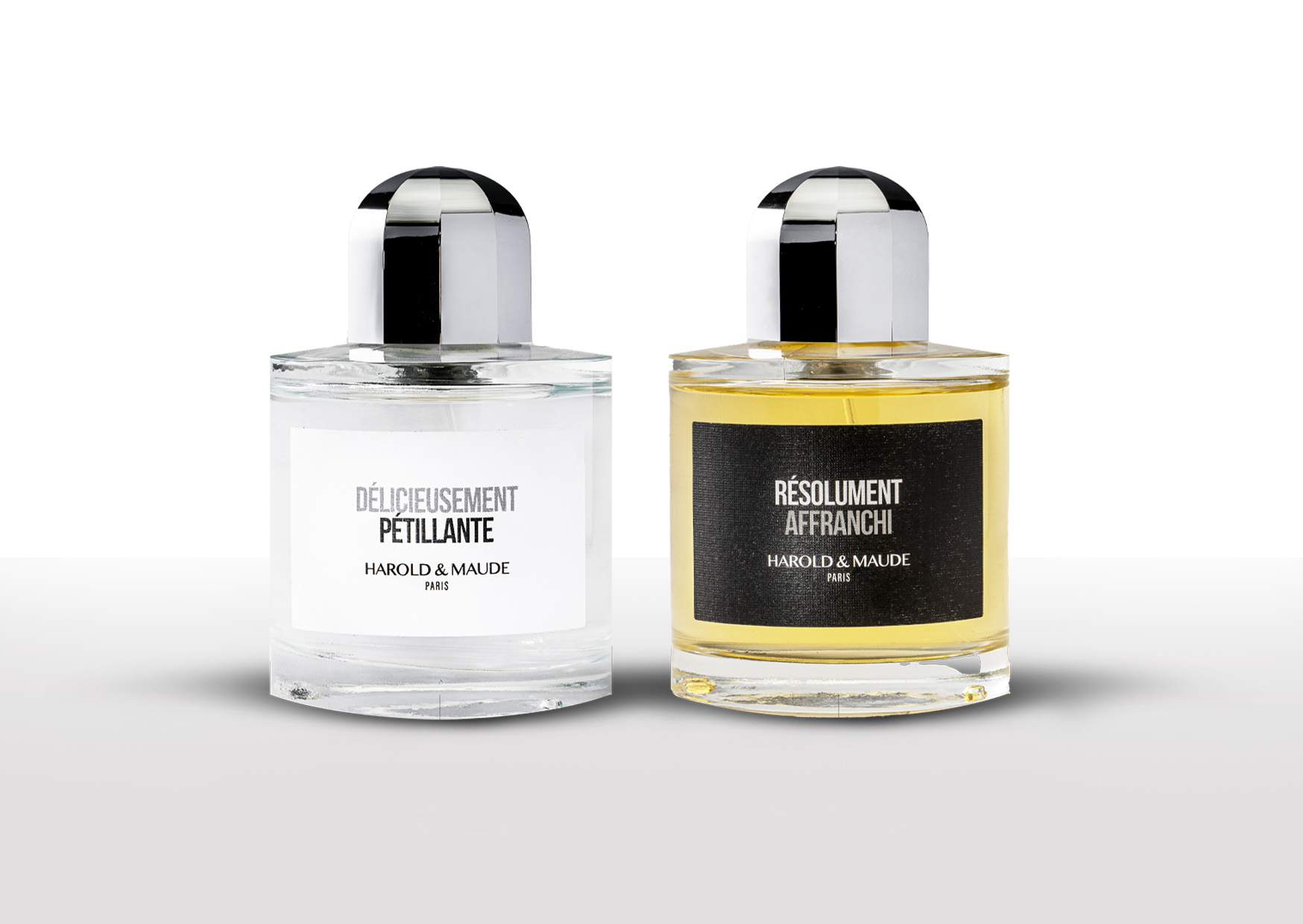
Just as pink is associated with little girls and blue with little boys, since the beginning of the 20th century, perfumes for women have been separated from those for men...
Giving sex categories to perfumes is a trend that is unique to the West!
The right definition...
A non-gender-specific fragrance is a fragrance that is not intended specifically for a particular gender or sex. It is a fragrance that can be worn and enjoyed by all people, regardless of their gender identity. This is an inclusive and egalitarian approach to perfumery, which recognises that olfactory preferences are not determined by gender. They are also known as mixed or unisex fragrances.
The first fragrances for men revolutionised perfumery!
Fragrances began to be categorised with the advent of the first men's eau de toilettes. Fragrances were then closely associated with gender stereotypes. Gendered fragrances (male or female) were created to meet the expectations and standards of women or men, with notes and accords specific to each.
At the very beginning of the 20th century, women were the only ones to find floral fragrances. They wore FOUGÈRE ROYALE by Houbigant, the violet in L'ORIGAN by François Coty,
A little later, at the beginning of the 20th In the 19th century, the first eaux de toilette designed exclusively for men, who until then had been wearing eaux de Cologne...

Although JICKY by Guerlain was written for women, some men enjoyed the combination of fern and vanilla. In 1904, Guerlain had the good idea of including the same fern in MOUCHOIR DE MONSIEUR . This perfume can therefore be considered the first modern men's fragrance. Inspired by the rituals of the gentleman dandies of the time, who had launched the fashion for perfumed handkerchiefs, this fragrance offered only citrus notes, fern accords, aromatic notes and then woody notes.
Later, in 1934, Caron successfully launched POUR UN HOMME, composed essentially of lavender, vanilla, musk and amber. An alchemy that heralded the future DUNHILL FOR MEN in 1934, OLD SPICE in 1938, EAU D'HERMES in 1951, MOUSTACHE by Rochas in 1949, TABAC ORIGINAL in 1959, VETIVER by Guerlain in 1959 and EAU SAUVAGE by Dior in 1966. After Dior, when some men were just beginning to dare to walk through the doors of a perfumery, men's creations followed one another at a rate of dozens a year!
Women had their own perfumes and men had their own!
Unisex fragrances: a new approach!
Throughout history, fragrances have been closely associated with gender stereotypes. Gendered fragrances were therefore created to meet the expectations and norms of each gender, with specific notes and accords. However, this approach limited consumers' freedom of choice and reinforced gender prejudice.
The phenomenon was latent when women started "stealing" their husband's EAU SAUVAGE or their VETYVER by Lanvin in the 70s...
Today, mass-market perfumes, particularly those by fashion designers, continue to offer both men's and women's fragrances, in the knowledge that a majority of men want fragrances that are exclusive to them and that emphasise their masculinity, even their virility! These men have very specific expectations and are sensitive to the models proposed in the designers' communications: Johnny Depp for SAUVAGE, the late Gaspard Ulliel for BLEU de Chanel, Vincent Cassel for LA NUIT DE L'HOMME, or Waël Sersoub for TERRE D'HERMES...

In the family of niche perfumes, things are very different. Although some houses like Fredéric Malle, L'Artisan Parfumeur, Harold & Maude or Creed and Amouage continue to offer fragrances for men, but these have incorporated more feminine, floral, powdery or fruity notes into their composition. Men's fragrances that "navigate" between femininity and masculinity. It's at this frontier - perhaps already crossed - that we can talk about unisex fragrances!
Unisex fragrances have therefore become the majority of niche fragrances! They offer a number of advantages. Firstly, they allow consumers to choose a fragrance according to their personal tastes, rather than conforming to gender expectations. They also encourage unrestricted self-expression, allowing everyone to feel free to wear the fragrance that suits them best. For us as confidential perfumers, gender-neutral fragrances open up new creative possibilities, encouraging us to explore innovative combinations of ingredients and push the boundaries of gendered conventions.
The future of non-genre fragrances
Although the trend towards unisex fragrances is booming, there are still challenges to be overcome. Some consumers may be reluctant to embrace this new approach due to prejudice or unfamiliarity with unisex fragrances. It is therefore essential to raise awareness and educate consumers to encourage greater acceptance. This will be the job of the niche fragrance houses. Despite these challenges, the future outlook for unisex fragrances is promising, with growing consumer demand for more inclusive and diverse products.
What is HAROLD & MAUDE ?
Initially, in order to satisfy as many people as possible, we decided to create fragrances for women on the one hand, and fragrances for men on the other. But we were well aware that, given their compositions, we were dealing with gender-neutral fragrances! We simply wanted to "direct" men towards our 3 fragrances more easily. WILDLY ROMANTIC, DIVINELY AUDACIOUS and RESOLUTELY FREE.
And yet, let's look at the latter for example: RESOLUTELY FREE captivates with a complex, almost masculine composition of smoky scents of camphor and incense, cinnamon, oud wood and amber, but blends happily with the feminine magnificence of a bouquet of rose and jasmine on a base of vanilla and musk. This fragrance is totally unisex! The POUR LUI precision has gradually disappeared from our boxes!
Although a young brand, we've already seen some trends for our HAROLD & MAUDE fragrances: men who indulge in DELICIOUSLY SPARKLING, à DELICIOUSLY SENSUAL and sometimes even DELICIOUSLY LUMINOUS which starts out as a huge floral bouquet! And women who love wearing RESOLUTELY FREE or cardamom from DIVINELY AUDACIOUS !
The fluidity of genres...
All this means, then, that individuals are not necessarily exclusively male or female, but can fall into different parts of the gender spectrum, or even move along it over time. This fluidity recognises that gender identity can be complex and changeable, and that people can experience and express their gender in different ways. It challenges traditional gender norms and expectations, and encourages greater freedom and autonomy in self-expression, here through their fragrances!
Article written by Christian Paindavoine, Founder of La Maison HAROLD & MAUDE
©HAROLD & MAUDE 2023
